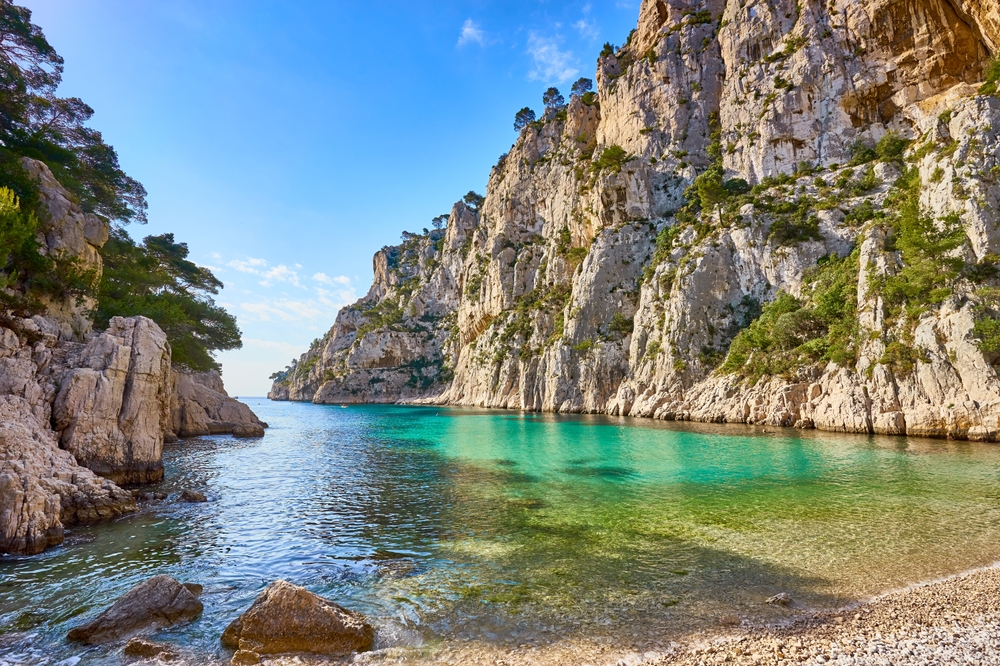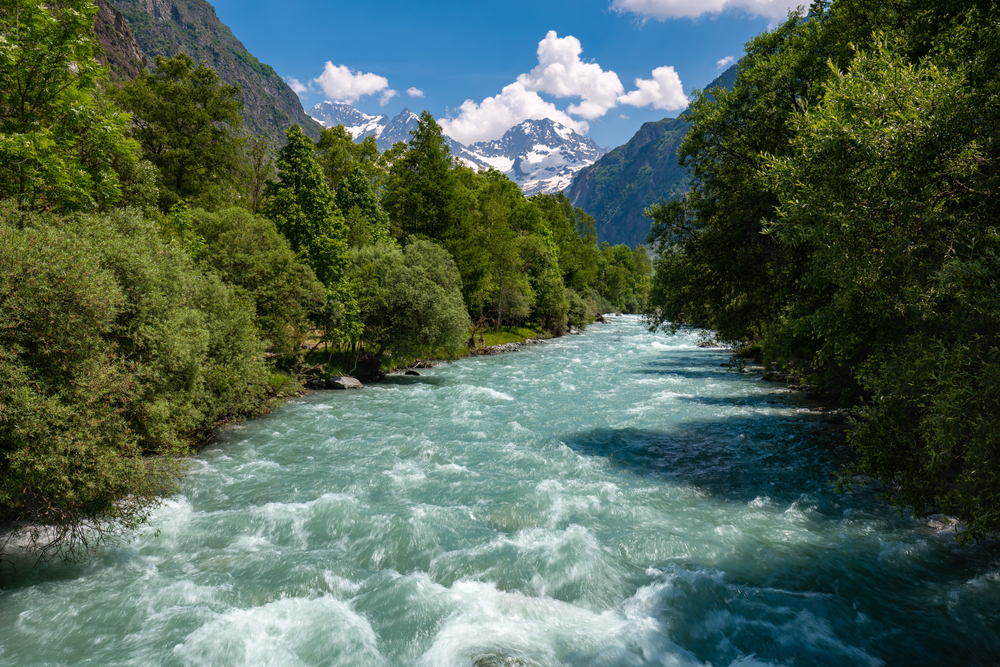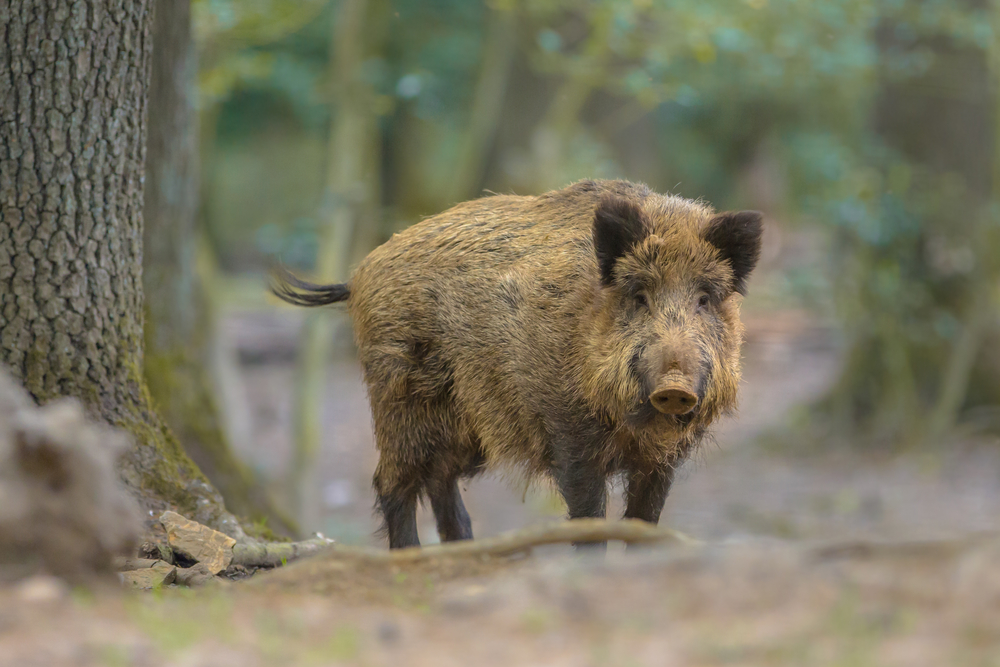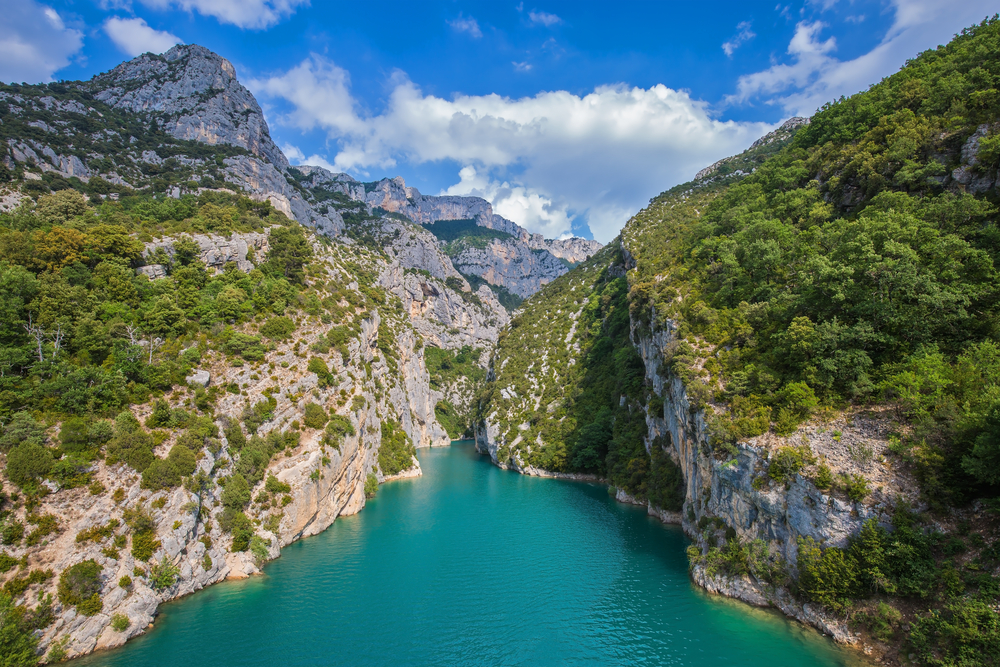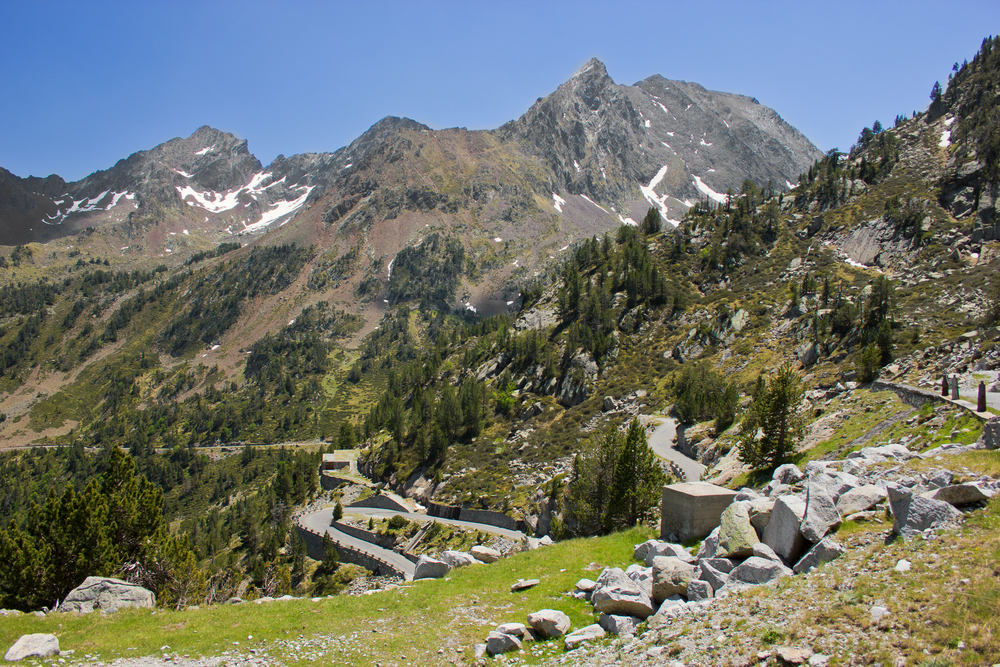Réunion Overview
Réunion National Park, or Parc national de La Réunion, is a stunning protected area located on Réunion Island, a French overseas department in the Indian Ocean. Covering approximately 1,050 square kilometers (405 square miles), the park occupies over 40% of the island’s total land area.
Established in 2007, it was designated a UNESCO World Heritage Site in 2010 due to its exceptional biodiversity, dramatic volcanic landscapes, and unique ecosystems found nowhere else on Earth.
The park is centered around the towering Piton des Neiges, which stands at 3,070 meters (10,072 feet) and is the highest point in the Indian Ocean. The terrain is further defined by the active Piton de la Fournaise, one of the world’s most active volcanoes, which frequently erupts, creating otherworldly lava fields and basalt formations.
The landscapes of Réunion National Park are diverse and breathtaking. The park features deep cirques, such as Cirque de Mafate, Cirque de Salazie, and Cirque de Cilaos, which are massive erosion-carved amphitheaters surrounded by sheer cliffs and rugged peaks.
Waterfalls cascade down lush, forested slopes, including the spectacular Trou de Fer, one of the tallest waterfalls on the island, plunging into a misty gorge. Verdant tropical forests, dry shrublands, and high-altitude heathlands characterize the park’s flora.
The Belouve and Bébour forests, located in the eastern part of the park, are home to dense tree ferns, ancient tamarind trees, and rare endemic plants like the bois de senteur blanc. The varying elevations create multiple microclimates, supporting a remarkable range of vegetation.
Wildlife in Réunion National Park is equally distinctive, with many species that are endemic to the island. The park is a critical refuge for the Réunion harrier, one of the rarest birds of prey in the world, as well as the Réunion cuckooshrike and the Mascarene paradise flycatcher. The skies are often filled with the calls of white-tailed tropicbirds and Réunion olive white-eyes.
While the island has no native large mammals, its forests are home to unique reptiles such as the Réunion Island day gecko and the Réunion Island chameleon. The park’s rivers and wetlands also harbor an array of amphibians and invertebrates, many of which have evolved in isolation over millions of years.
One of the park’s most popular attractions is the Piton de la Fournaise, where visitors can hike to the rim of its massive crater and witness its ongoing volcanic activity. The cirques provide challenging trekking routes, with Cirque de Mafate accessible only on foot or by helicopter, offering a remote and unspoiled experience. The park has an extensive network of hiking trails, including the GR R2, which traverses the island from north to south.
Scenic viewpoints like Le Maïdo provide panoramic vistas of the island’s rugged terrain. Canyoning, caving, and paragliding are also popular activities, allowing visitors to explore the park’s unique geological formations from different perspectives.
Conservation efforts within the park are focused on protecting its fragile ecosystems from human impact, invasive species, and climate change. Efforts to restore native forests and combat the spread of introduced plants like guava and acacia have been successful in some areas. Strict regulations help minimize environmental degradation, ensuring that future generations can continue to experience the park’s natural beauty.
The park’s UNESCO designation has further strengthened conservation initiatives, fostering awareness and sustainable tourism. By balancing visitor access with ecological preservation, Réunion National Park remains a remarkable natural sanctuary.











































































